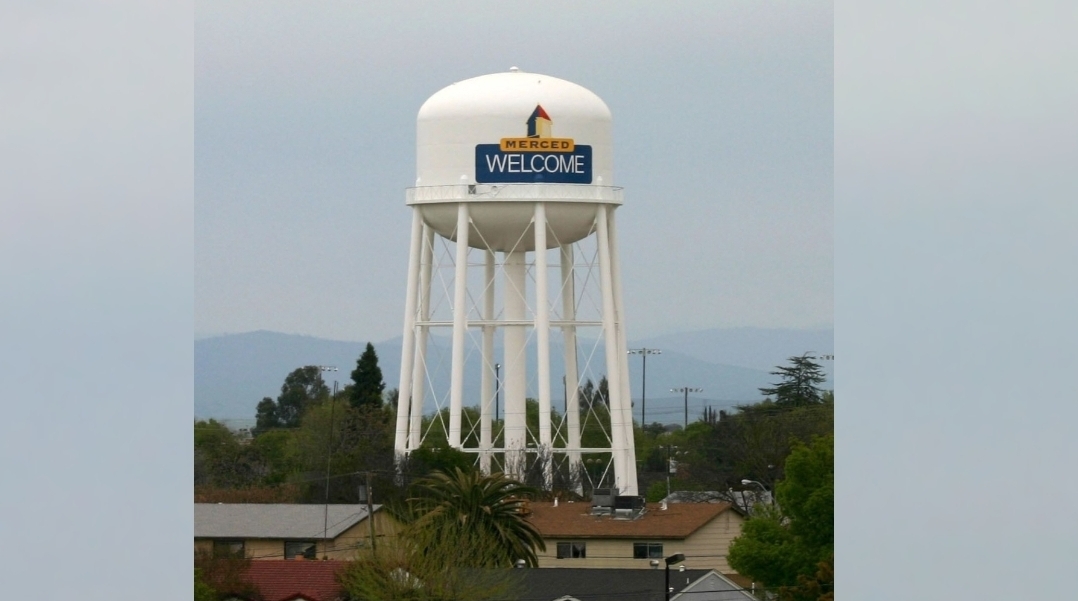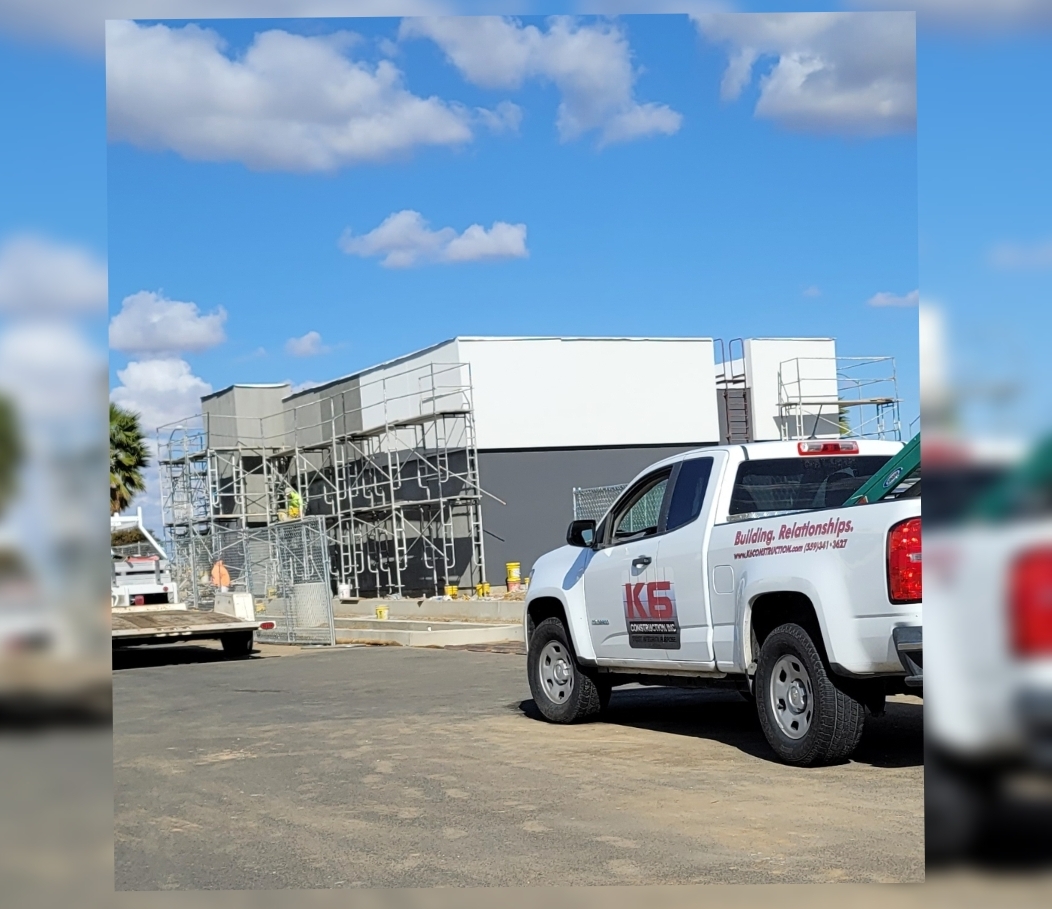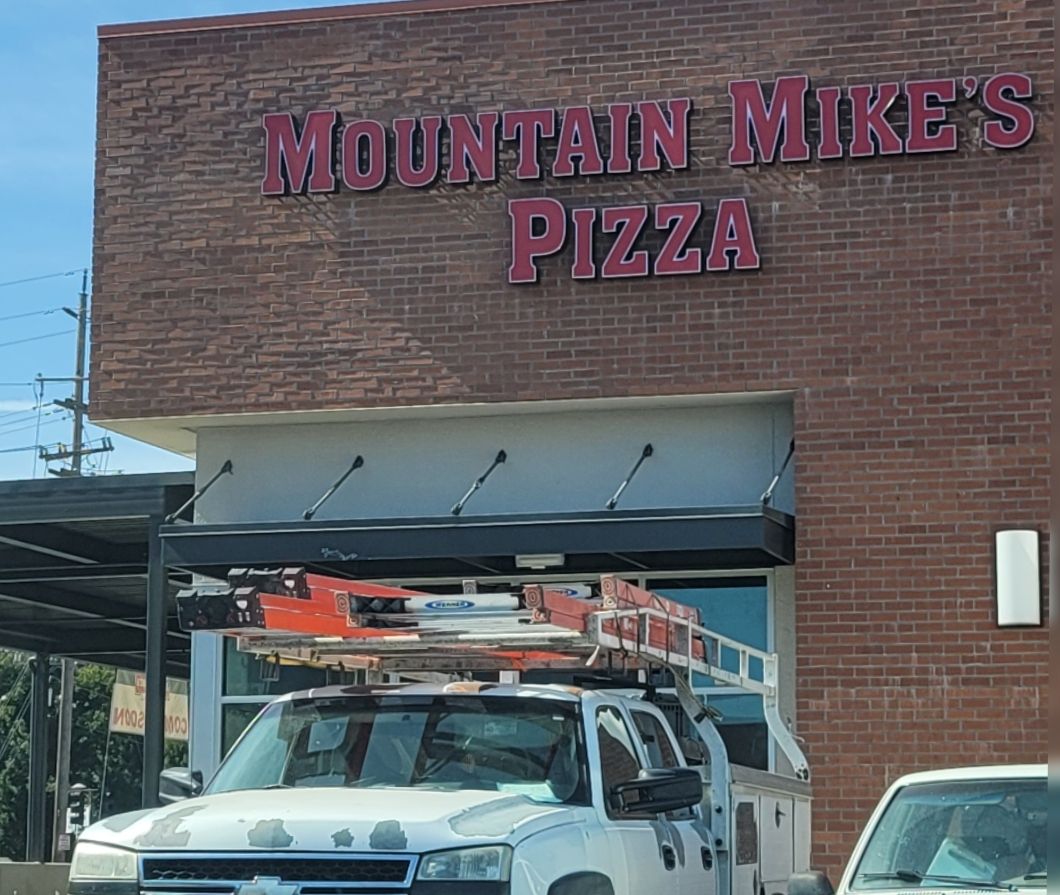Every year the City of Merced uses 8 billion gallons of water to quench residents’ thirst, wash their clothes and water their plants.
From hundreds of feet below the ground, the water is drawn up and fed into a 500 mile network of pipes going into homes, businesses and industries.
There are 20 wells moving water from the Merced Groundwater Subbasin to supply the 87,000 residents and other customers in the City. The wells are like giant drinking straws in a huge bowl of water, but the challenge is that the water level is dropping.
“We are having to drill deeper to get drinking water for our City customers,” said Public Works Director Ken Elwin, who oversees the City’s Water Division.
Even during wet, rainy years, only so much water seeps back into the ground, percolating into the layers of soil called aquifers that hold the groundwater. More water is taken out of the aquifer than is replaced, leading to a condition called overdrafting.
The Merced Groundwater Subbasin is one of 21 critically overdrafted groundwater basins in the state of California. Nearly all of the San Joaquin Valley has been declared a critically overdrafted basin.
The Merced subbasin covers the area from the northern and southern county lines to the Merced River on the west to the foothills on the east.
“There are a lot of people in the subbasin, people living in cities, on farms and ranches, business owners and industries,” said Assistant City Manager Stephanie Dietz. “They all have a common interest, a steady, sustainable supply of water.”
When the groundwater drops it can lead to problems including water shortages and a need for deeper wells. In some places it has led to land subsidence, where the ground actually sinks because the space that was once taken up by groundwater collapses.
The Sustainable Groundwater Management Act (SGMA) was passed in 2014 to try and bring some balance to water usage and groundwater levels. The long-term goal is to have pumping balanced by recharging the groundwater basin.
The Act required that local and regional authorities develop a Groundwater Sustainability Plan for their underlying groundwater basins.
“Many different agencies and users came together to work on the plan, and after many long hours, they developed a plan that worked for everyone,” Dietz said.
On December 9th, 2019, the Merced City Council unanimously adopted the Groundwater Sustainability Plan for the local subbasin.
Elwin said the plan looks at the extent of overdraft in the subbasin, potential impacts, information needs, groundwater allocation and projects to improve conditions.
The plan showed an annual average overdraft of 192,000 acre-feet per year between 2006 and 2015. An acre-foot of water is enough water to cover one acre of land with one foot of water.
The average Californian uses 85 gallons of water a day, so an acre-foot of water would provide for about 10 people for around a year.
Based on the historical use of groundwater, the plan determined the “sustainable yield” of the groundwater basin, or, how much water that can be taken out every year and still have it replaced.
There are approximately 440,000 acre feet a year available for use, and under the plan an “allocation framework” will be developed in the future to figure out how to share the water between cities, agricultural users and small well owners using 2 acre feet or less.
“Cities use 7 to 8 percent of the groundwater,” Elwin noted.
Another part of the plan is to develop projects that will provide additional water. Those projects would include groundwater recharge projects, which would increase the amount of groundwater that is put back into the subbasin.
Surface water projects are another option to increase the availability of water available to users. Yet another option are projects that would decrease demands, boosting the water conservation efforts to reduce the need for water and improve the efficiency of water use.
Currently, 50 plus wells are used for monitoring groundwater levels, the plan would be to add more monitoring wells in the future which combined, will be used to monitor the progress of the plan.
“With the plan in place, now the agencies need to begin the process of deciding the allocation framework and also projects to provide additional water,” Elwin said.
More information on the plan and the process is available at www.mercedsgma.org.




You must log in to post a comment.